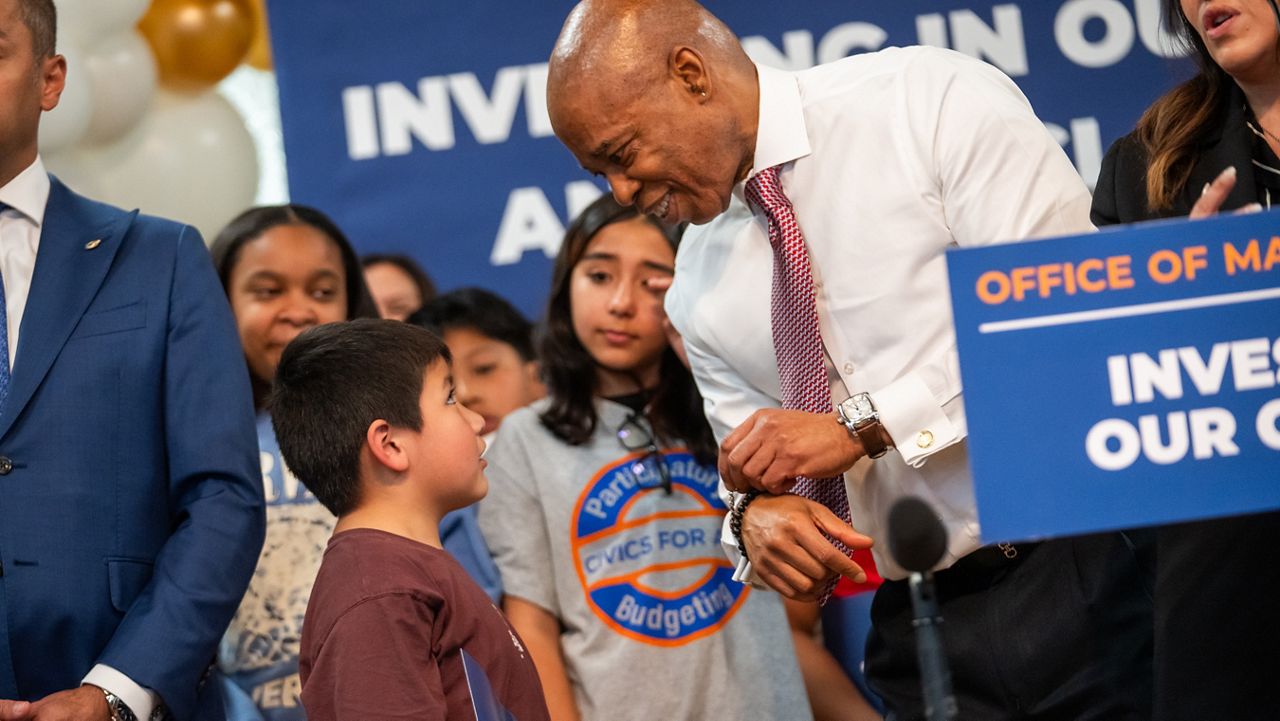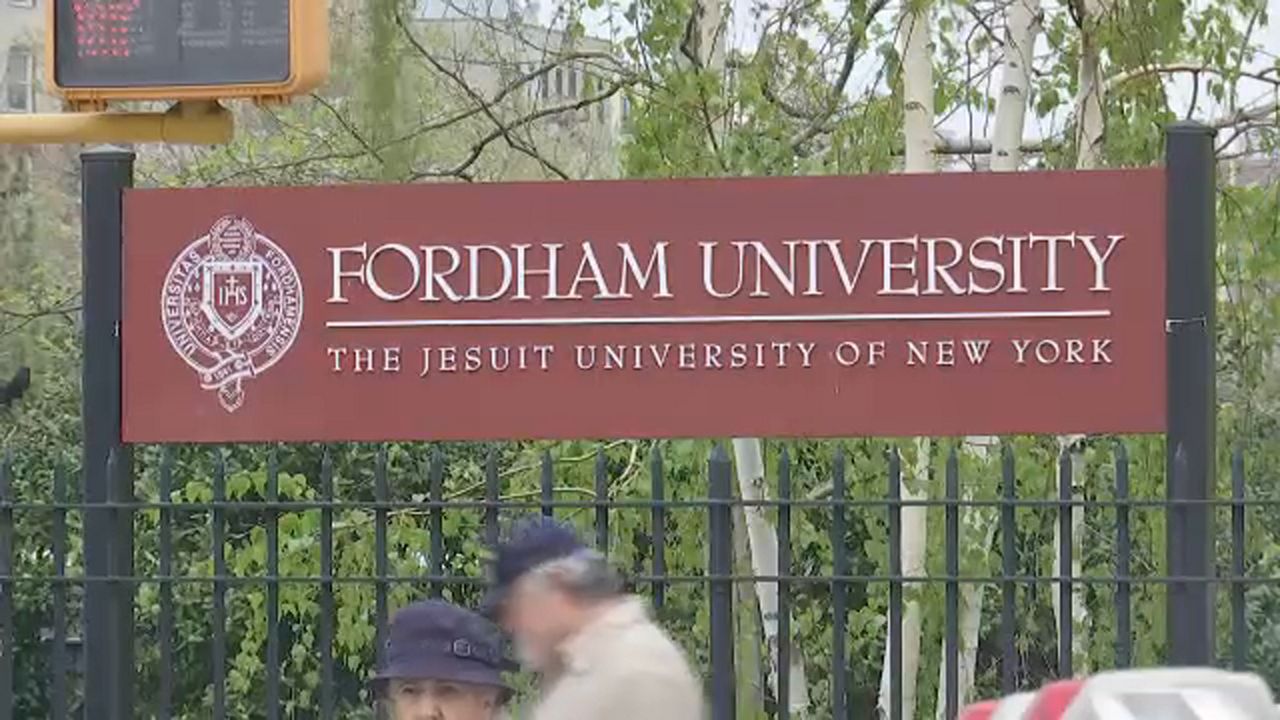In a sometimes contentious City Council hearing Thursday, education officials said they will continue to follow the law requiring lower class sizes, but it’ll come with a cost.
“All of these things require trade-offs,” First Deputy Chancellor Dan Weisberg said.
What You Need To Know
- Education officials said they will continue to follow the law requiring lower class sizes, but it’ll come at a cost
- Some schools will have to make decisions to repurpose space being used for things like guidance counselors and pre-K to meet the mandates, education officials said
- The education department argues the law will shift money from poor schools — which are more likely to have smaller class sizes — to wealthier schools, where a higher percentage of classrooms are larger than the cap allows
The state law, being phased in over five years, requires the city to drop class sizes to no more than 20 students in kindergarten through third grade, 23 students in grades four through eight and 25 students in high school.
Physical education and performing arts classes can have 40 students. Each year, an additional 20% of classrooms in the city must be under the caps.
“It is no secret that a smaller class leads to better academic outcomes for our students,” Councilwoman Rita Joseph, chair of education committee, said at a pre-hearing rally.
Teacher’s union officials, councilmembers and state lawmakers have been frustrated by the city’s lack of enthusiasm for the law, and that they have not yet added the recommendations of a Class Size Working Group into their plan for complying.
Education officials testified saying they’re still getting feedback and carefully considering their options for lowering class sizes.
“We share the goal, we want to get there. We also want to be very clear and transparent about what it’s going to take to get there. And that’s not just financially, that’s the kind of decisions that have to be made by educators in the field in order to get to compliance,” Weisberg said.
“Why must there be trade-offs?” Joseph asked him.
Weisberg said all options for increasing class size require trade-offs, money spent to hire more teachers or build new schools has to come from somewhere. But in many cases, building more classrooms is not an option, and schools will have to make tough choices.
Weisberg noted the working group, which Joseph was part of, proposed capping enrollment at popular schools, and repurposing space in school buildings.
Weisberg said repurposing space could mean a principal decides to outsource pre-K seats to community-based organizations, or CBOs that may or may not be close by, and use that space for K-5 or K-8, depending on the building.
“So, you’re gonna tell New York City parents that, not me,” Joseph interjected. “You’re gonna be the one to send out those messages for New York City families. I’m gonna yield back and I’m going to come back for you.”
City officials said the law will shift money away from high-poverty schools. 62% of classes in schools with the highest economic need are already meeting the law’s standards, but only 25% of schools with low economic needs have small enough classes. That means those schools will require resources like more space and more teachers to comply with the law.
The teacher’s union offered its own analysis, showing 300,000 low-income students are in overcrowded classrooms.








_CGPK_Mn_Columbia_Students_Chained_CG)
